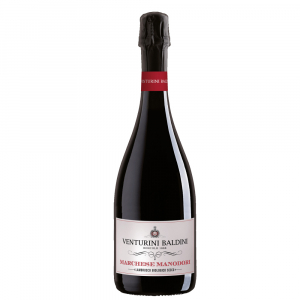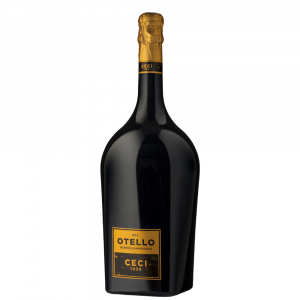Lambrusco
As a sparkling red wine, Lambrusco in its modern guise is something of a curiosity among connoisseurs, but the secret has been out for a while now. In the US, the 70s and 80s saw an influx of rather sweet, bland Lambrusco, but the wine has moved with the times and is well worth revisiting, according to those in the know.
This lightly sparkling Italian red wine originates in the Emilia-Romagna region of Italy, an area which is also home to such gastronomic luxuries as balsamic vinegar (Modena) and Parma ham. Made from various grape varieties belonging to the same family, Lambrusco’s roots go way back to the time of the Romans: indeed, mention of the ‘vitis labrusca’ – to give it its Latin name – can even be found in the works of the famous Virgil himself! Its longevity is perhaps not all that surprising – this is a very high-yield vine, with vigorous growth, producing up to three times the amount of other grape varieties every harvest.
Lambrusco wine is generally made according to the Charmat method – the same method by which Prosecco is commonly made. Sugar and yeast are added to the base wine in a pressurized tank, where fermentation takes place to create the bubbles of carbon dioxide which give the wine its fizz. Bottles can then be filled straight from the tank, which is quick and labor-efficient, albeit resulting in less complex Lambruscos than those derived from other methods that allow the wine to continue aging in the bottle. These include the ‘metodo ancestrale’ and the Champagne method, both of which result in more refined versions of Lambrusco; some would say this betrays the wine’s traditionally more rustic roots however.
What does Lambrusco taste like? Always sparkling, Lambrusco can be dry, semi-sweet or sweet, depending on how much sugar is left when the fermentation process is stopped. Of course, flavors will vary depending on the specific blend: a variety of different Lambrusco grapes tend to be used to create the finished wine, giving the winemaker control over the characteristics of the finished product, although single varietal Lambrusco wines can also be found. Typically, however, notes of red fruits and even flowers can be identified (such as watermelon, raspberry and cherry, along with rose for example), as well as a subtle earthiness and underlying minerality.
In conclusion, Lambrusco is a delightful and easy-drinking fizz. Try a Lambrusco Grasparossa di Castelvetro if you seek a wine that can hold its own alongside crowd pleasers such as pizza, and pasta with meat sauces; or a Lambrusco di Sorbara for something more delicate, suitable for accompanying cured meats, soft cheeses and even fish. Rosé styles are also available – see Podere Cipolla’s ‘Rosa dei Venti’ for example, perfect for an aperitif. Sweeter bottles, such as that from the Manicardi winery, can make a good accompaniment for tarts, desserts and pastries, making it an ideal alternative to other sparkling wines at celebrations. So go ahead, try something new today!













